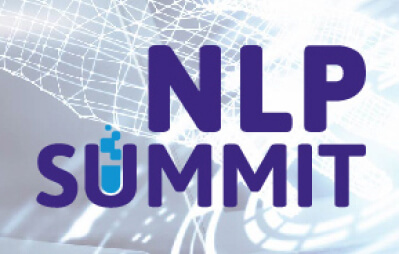All organizations, no matter how large, have limited resources. All successful companies and teams, no matter how skilled or diversified, perform certain tasks very well and others not as well. By collaborating with external teams, companies can focus on what they do best and let their partners complement them in areas where they do not have core competencies.
The Role Of External Teams
External teams play a pivotal role in the successful collaborations between the partnering organizations. If you are a part of an external team, you would have felt a continuous pressure from both sides. One side is from your own organization, to develop a long-term relationship with the customer. And on the other side is from the customer, to complete the project successfully while also adhering to their processes and standards. Following a set of BEST practices will definitely help your team achieve both these goals effectively.
There are various sizes of projects with varied needs. It is not possible to say that one type of external team will succeed in all these engagements. But each team type should lay emphasis on few important key factors for successful customer engagements in order to get their repeat business and referral. Here are the most common external team types and the most effective ways to make a long-lasting relationship with the customers.
Staff Augmentation
Equivalent to Collaboration model, the intent is to develop the in-house expert down the line. So accordingly the customer’s team need to work closely with the external team and have checkpoints where they emulate the setups and knowledge from the augmented team
Best Practices:
- Frequent interaction with the customer’s team – This will help, first to understand the requirements well, and secondly the customers’ team also get a lot of confidence that they are in command with the tasks and it will be easier for them to get the handover of these tasks later.
- Regular knowledge sharing – External team should impart the knowledge along with the work. This will give the customer’s team ample time to develop their internal resources
- Adapt to Customer’s processes – As the output from external team will eventually be used and maintained by the customer, it is better to create it as per the processes/tools/systems used by the customer. This will avoid the rework due to transition from external team’s systems to customer’s system
- Frequent integrations – Often the services/system developed by the external team is a part of a bigger system developed by the customer. It is a good practice to do the timely smaller integrations between the two systems. This will help to resolve issues earlier and reduce the rework or redesign at the later stages.
- Knowledge of customer’s existing system – It is always helpful to understand the customer’s system even if, at a higher level. This will help the external team to visualize the bigger picture and they can also provide useful suggestions or ideas for the improvement of overall system
- Honest and open communication – The external team needs to be open and honest in their communication. Generally there is a perception with the customer that external team knows everything, as they are the expert. But in reality there might be scenarios or use cases that the external team had not dealt earlier. So in such cases it is better to inform customer openly and ask for time to research or to take expert help.
- Timely Retrospectives – As both the teams are interacting on the daily basis, the retrospectives tend to be sidelined with the assumption that collaboration is working fine and the both the team’s productivity is good. But retrospectives are good exercise to get the test of “What you Believe is What you Hear”. There might be some hidden surprises or perceptions that are uncovered during retrospectives. This will give the external team and the customer’s team to make any adjustment needed for better results.
Project Outsourcing
Equivalent to complete silo, customers tend to get the whole package. There might not be too much support required or the data is not confidential, or support can be easily done by the same external team or some other resources.
Best Practices:
- Regular communication – Although the communication needs are much lesser than the “staff augmentation” model, but still there should be some regular communication. It could be in the form of weekly meetings between the “project managers” of external team and customers’ followed by a status report to all the stakeholders.
- Stakeholder’s identification – It is a good practice for the external team to know about the other stakeholders from the customers’ end. It will help them in stakeholders’ communication to get wider acceptance and acknowledgement of their work.
- Timely Feedback – Often there are some intermediate deliveries that are made time to time to the customers. Do make sure to gather the feedback and incorporate it in your subsequent deliveries. It is always a good habit to check and recheck the customers’ expectations with all these deliveries
- Identify Single Point of Contact from Customer side – There would always be some queries/clarifications needed on one or other tasks, hence ask for a single point of contact person from the customer. This will help in quick and timely resolution of these queries.
- Be aware of changes in Customer’s environment – As we all know that “change” is the only constant thing, hence the external teams should be aware of the changes happening in the customer’s environment. This will help the team to quickly adapt and align with the customers changing needs and goals
- Jargon Free Communication – Often you will be dealing with the executive team rather than developers. So it is better to communicate to them in a language that is easier for them to understand. Curb on your instincts to show-off your technical breadth and depth which is very specific to your domain area. And instead use examples or use cases that are more aligned to their environment.
- Adapt and Educate – Every organization has its own working style and culture. There might be some processes from the customers’ side that you need to adapt to, so the delivery gets aligned to their system. At the same time, there are some processes that you might need to introduce to your customers that will help in increased productivity. In this case educate them and show them the benefits from these improved or new processes.
By following these Best Practices, an external team can become more aligned leading to a commonality of direction and harmonization of individual energies. This way there is a shared vision as well as an understanding of how to complement each others’ efforts which will finally lead to success of your customers and eventually the successful collaboration.




























